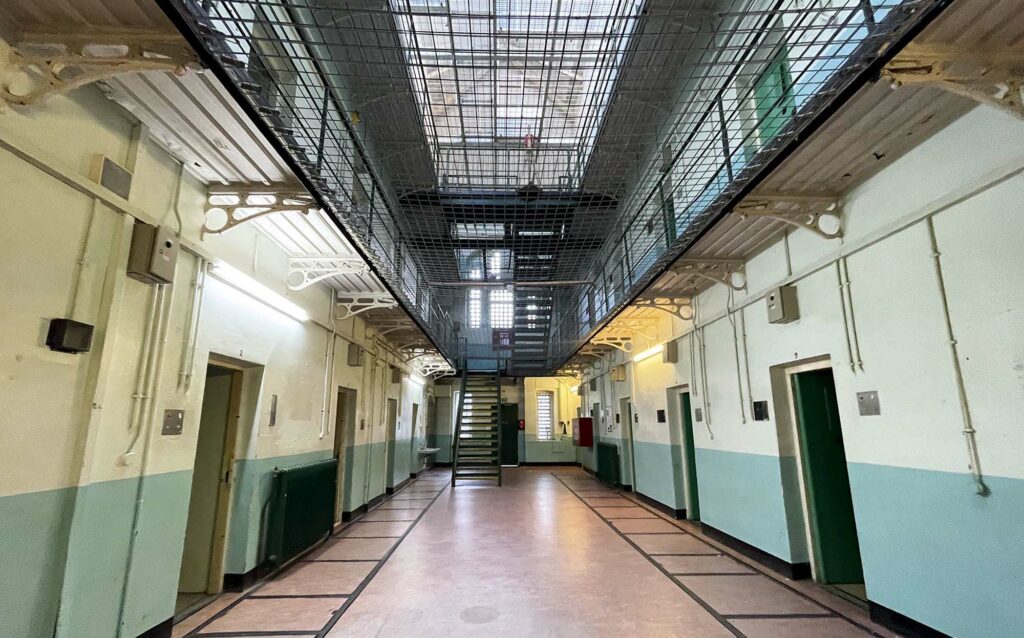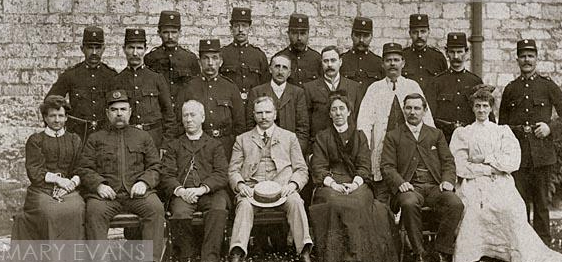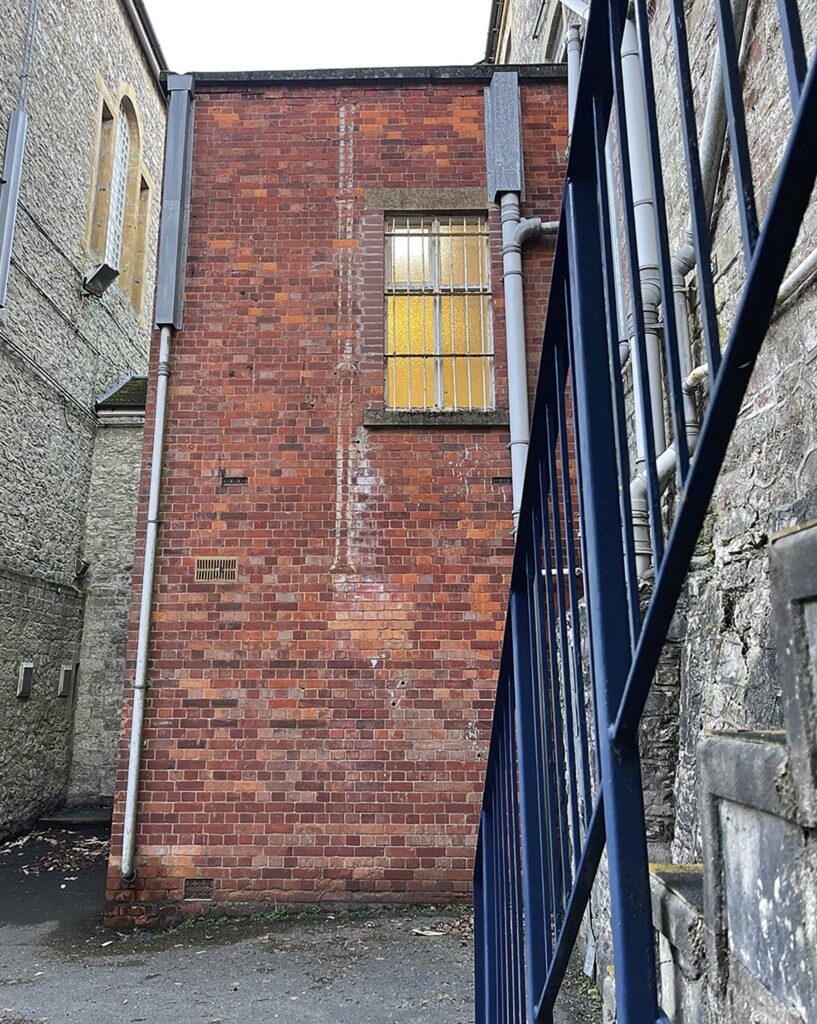EXPLORE… SHEPTON MALLET PRISON, SOMERSET
Past misdemeanours
In a bustling Somerset market town, the former jail provides a reminder of the harshness of historical penal treatment. Victoria Finlay explores four centuries of crime and sometimes lethal punishment

Shepton Mallet Prison is an imposing building. Tall grey-stone walls ring its perimeter, dominating the centre of this Somerset market town – former sheep town, cloth town and, more recently, cider town. But it’s not just the physical structure that casts a dark shadow. This was, until it closed in 2013, the oldest working prison in the country – and several former inmates still lie buried within these walls, the last of whom was executed here as recently as 1926.

The jail was commonly known as Cornhill, the name of the property bought in 1625 from the local vicar as the site of a new House of Correction. When the prison was finally decommissioned 10 years ago, it was bought by a property developer aiming to convert it into residential housing. Much of it is Grade II or II* Listed, though, and those planned homes are yet to be constructed. For now, visitors can explore its cells and corridors by themselves or, as I did, join a guided tour. It’s an extraordinary walk through the history of British justice – or, in some cases, injustice.
In the early years of the prison’s operation, some 40 men, women and children slept together in one big room. By day, they undertook hard labour. Able-bodied men strained to turn the huge treadwheel, installed in 1823, that powered a mill outside the walls; the treadwheel house still stands. Other prisoners picked oakum – teasing apart rough fibres from tarry ropes from ships – at the cost of painful, infected hands.


The 1820s saw an end to the so-called “Bloody Code”, which mandated the death penalty for some 220 crimes including petty theft. As a result, inmate numbers soared. A governor’s house was added at Shepton Mallet, and an exercise ground around which prisoners were allowed to walk, albeit with their heads covered by sacking. In 1848, a new block, C-wing, was built to house female prisoners and their children.
For centuries, public executions had been a popular form of entertainment in England. Indeed, following the Duke of Monmouth’s failed rebellion in 1685, a dozen of his supporters were hanged at Shepton Mallet’s Market Cross after being held in the jail. After public hangings were abolished in 1868, the prison became a venue for dispatching convicts. Seven men are known to have been executed here between 1889 and 1926, their remains still buried in unmarked graves.
The prison closed in 1930, but reopened as a military “glasshouse” on the outbreak of the Second World War, at a time when the former women’s wing housed the national archive – including Magna Carta and Domesday Book. In 1942, it was handed over to the US army, again for use as a military prison. Two American soldiers were executed by firing squad. Another 16 met their end by hanging, in a new block built in 1914 to provide a more humane, faster form of execution than shortdrop hanging that was previously used. Condemned men entered the execution chamber through a door concealed in a bookcase.

After the war, the prison was returned to the British military; the Kray twins were held here in the 1950s after absconding from national service. It returned to civilian use in 1966, closing just under half a century later.
“I like it here,” one staff member told me. “When I visit stately homes, they feel like they don’t have anything to do with my family – but I think it’s quite likely one of my ancestors spent time in a place like this.”
Victoria Finlay is a journalist and author. Her latest book is Fabric (Profile, 2021)
VISIT
For more information on Shepton Mallet Prison, head to sheptonmalletprison.com